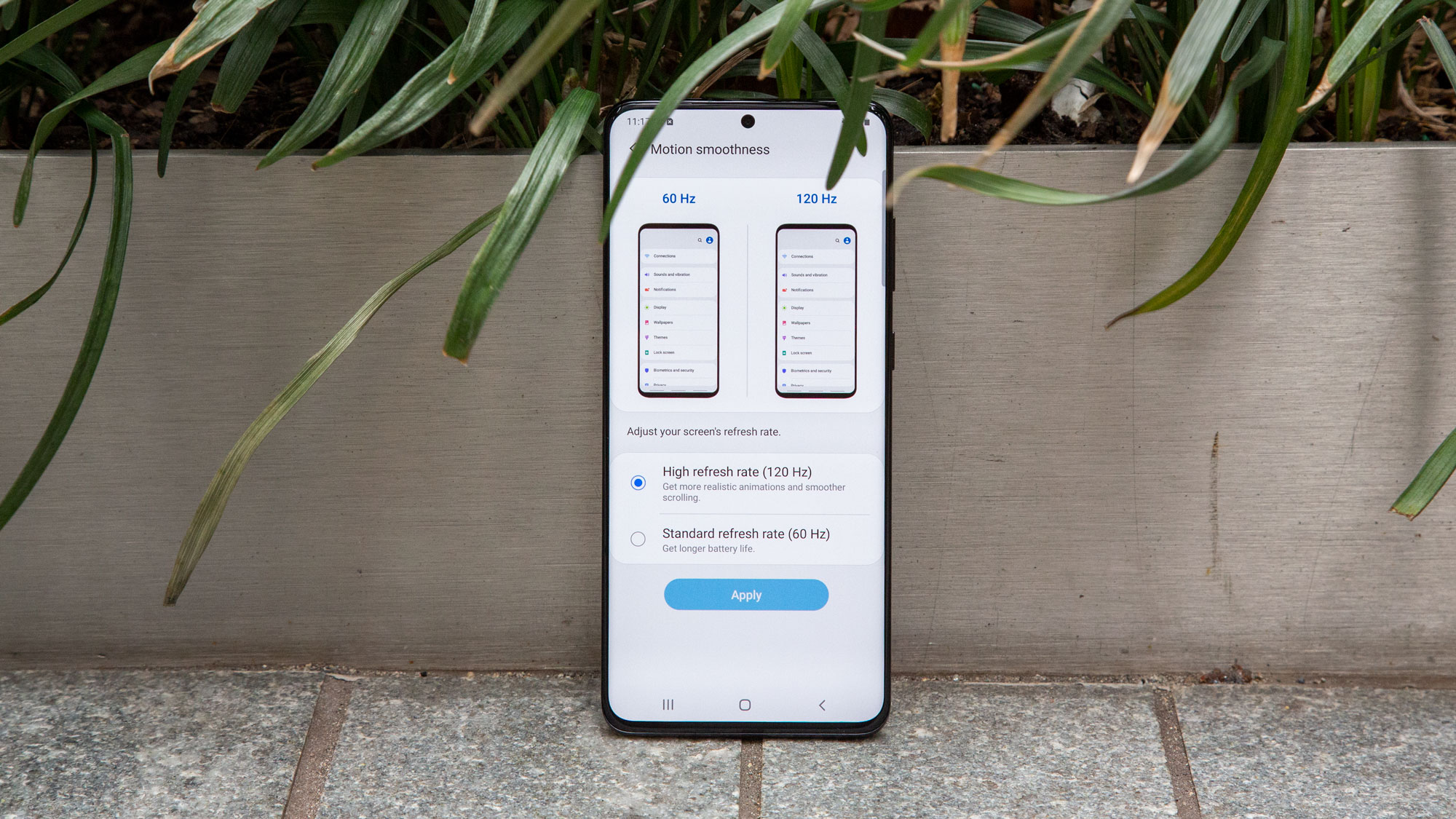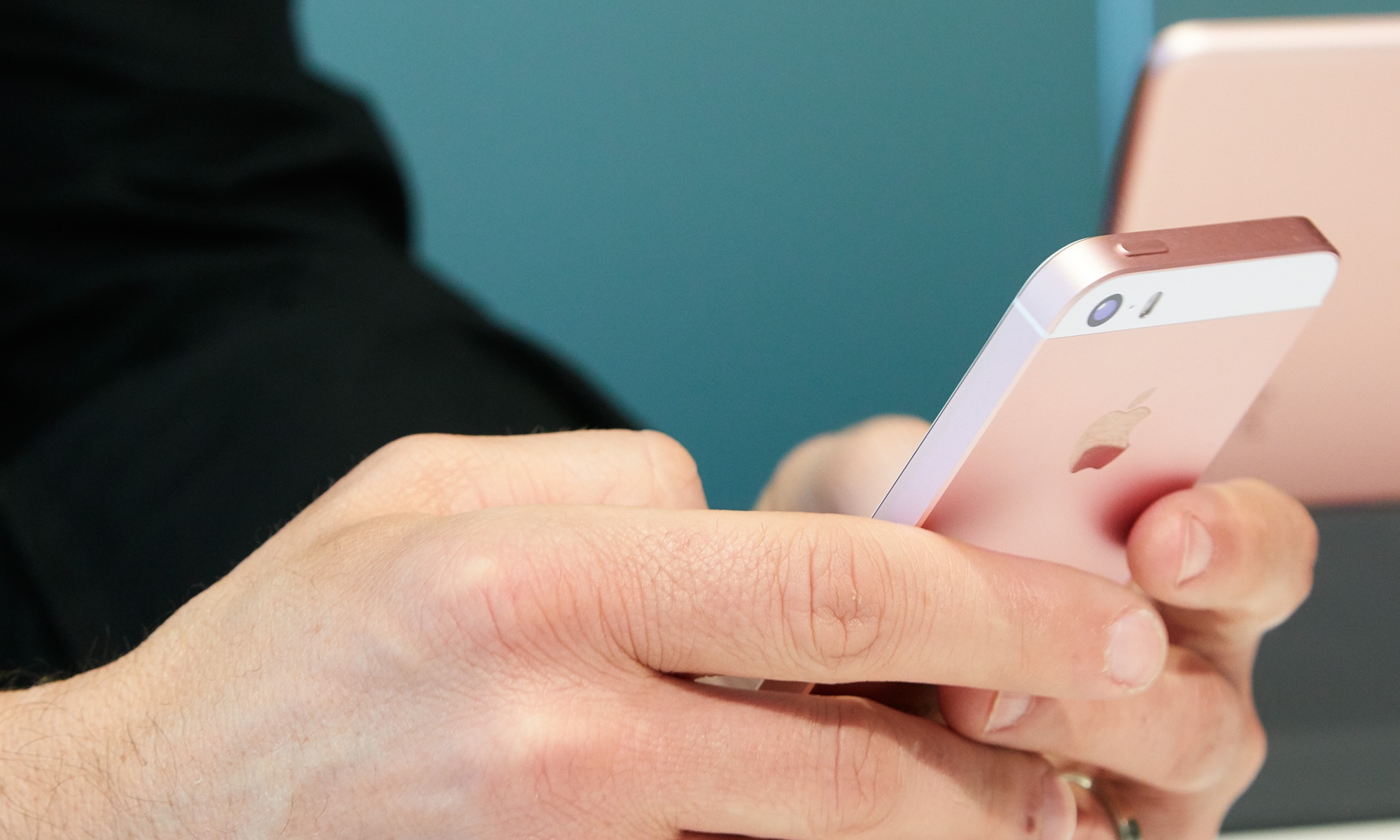A year without new smartphones: It’s time to stop annual releases
There may be fewer smartphones released this year — that’s not a bad thing

At the rate we're going, 2020 doesn't look like it's going to be a big year for smartphone launches. Sure, we've seen the Samsung Galaxy S20 and Galaxy Z Flip, and phone makers from LG to Motorola to Nokia have announced new models. But the coronavirus pandemic has disrupted a lot of the world, and the smartphone industry hasn't been immune from that.
Launch events have been moved online, postponed or cancelled altogether. February's MWC 2020, where we would have seen a lot of new phones, was one of the first large-scale events to be scrapped over coronavirus concerns. In Asia, where a lot of smartphones get assembled, the outbreak has disrupted production of upcoming phones, casting some doubt on when we'll see rumored devices. In particular, the iPhone 12 might miss its usual September release for Apple phones, if reports about production slowdowns are accurate. (For what it's worth, Bloomberg says the iPhone 12 production schedule is still on track.)
- The best phones right now
- Should you buy a 5G phone this year? The pros and cons
- Plus: Samsung Galaxy Note 20 and Galaxy Fold 2 confirmed
We've got bigger things as a society to worry about right now than whether smartphone launches are as big, flashy and frequent as we're used to. But at the moment, it certainly seems like smartphone launch plans are getting scaled back dramatically for 2020.
And I have to wonder if that would really be so bad.
Don't get me wrong — the smartphones we have seen so far this year are certainly worthwhile devices, with more than a few landing on our list of the best phones. And from the standpoint of enlightened self-interest, it's certainly good for me when there are lots of phones, rumored and otherwise, to write about. But I've been wondering for a while now if it really makes sense for device makers to crank out new phones every year like clockwork, and this industry slowdown driven by the coronavirus has only made that question more pointed.
Smartphone upgrade cycle gets longer
For starters, we're holding on to our phones longer these days. Back in the era when wireless carriers were subsidizing the cost of smartphones, it wasn't uncommon to switch up your handset every two years or even annually. But when you're paying close to $1,000 for a phone, as you are with today's flagships, you're going to keep using that device until it starts to crumble into dust, no matter how flashy this year's round of upgrades may be.
Last year, research firm Strategy Analytics published a report that people were now waiting an average of 33 months to replace their phones. I suspect that number is only going to creep closer to three years.
One of the reasons Strategy Analytics cites for the lengthening gap in phone upgrades is that shoppers are seeing less innovation in successive generations of smartphones. Device makers may dispute that perception, but as someone who reviews phones, I've found a lot of the marquee additions as of late to be nice enhancements but not necessarily must-have features.

Take faster refresh rates on smartphone displays. I was certainly impressed by the 90Hz refresh rate on the Pixel 4 XL and the 120Hz refresh rate on the Galaxy S20 Plus, as it makes scrolling much smoother. But is that feature alone enough to get me to scrap my current phone and its perfectly acceptable 60Hz screen? It really isn't.
The same thing goes with higher resolution video. Samsung is making a big deal out of the fact that all of its new Galaxy S20 models can shoot 8K video. But unless you've got an 8K TV to show that higher-resolution video on, that's not going to be a feature that convinces you to spend $999 or more on a new phone.
Even features that seemingly provide a more compelling reason to upgrade your phone aren't as must-have as you might think.
Even features that seemingly provide a more compelling reason to upgrade your phone aren't as must-have as you might think. Faster 5G networking is certainly the future of mobile phones, and upgrading to a 5G phone now means you'll have a future-proof phone as those networks are built out. But if 5G service doesn't reach where you live and work now — and for a lot of people it does not — it's hard to make the case that you really need a 5G phone right away.
The iPhone SE lesson
I wonder if the iPhone SE provides a model for phone makers to follow. Apple released this phone in 2016 and at the time, it boasted some pretty high-end specs — the same processor and rear camera you could find on Apple's then-flagship iPhone 6s. The iPhone has made some pretty considerable leaps forward since then, but the iPhone SE still holds up pretty well. It's capable of running iOS 13, and while it can't match what the best camera phones now produce, it still takes decent pictures.

I bought my iPhone SE a few months after Apple unveiled the phone four years ago, and it's still my personal smartphone. Yes, it's beginning to show its age, but Apple's rumored to be working on an iPhone SE successor, the iPhone 9, that will feature all those updated specs I've missed out on the last few years. (Or at least, it will once Apple works around those coronavirus-induced delays.) For me, the iPhone 9 will tick off all the boxes I need, as I hold on to that phone for another few years.
I'm not saying the smartphone industry needs to go four years between rolling out new models, but it does seem like scaling back from annual launches would lead to more innovative designs and features. You should introduce a new phone when you've got the new capabilities and enhancements that justify a product launch, not because a calendar tells you to.
Phone makers will not do this, of course, for millions of dollar-shaped reasons. Those annual smartphone updates may not set the pulse racing or trigger massive upgrade cycles the way they used to, but they do generate a steady stream of revenue for companies. And since everyone upgrades their phones at different times, one person's ho-hum phone is another person's must-upgrade.
Still, at our current pace, we're moving closer to the time when smartphones become more like laptops, with iterative updates that tweak some specs without necessarily innovating. Timing those updates so that they're updating truly game-changing features would be one way to help phones get their wow factor back.
Sign up to get the BEST of Tom's Guide direct to your inbox.
Get instant access to breaking news, the hottest reviews, great deals and helpful tips.
Philip Michaels is a Managing Editor at Tom's Guide. He's been covering personal technology since 1999 and was in the building when Steve Jobs showed off the iPhone for the first time. He's been evaluating smartphones since that first iPhone debuted in 2007, and he's been following phone carriers and smartphone plans since 2015. He has strong opinions about Apple, the Oakland Athletics, old movies and proper butchery techniques. Follow him at @PhilipMichaels.
-
kep55 I'd venture to bet that 99% of the "upgrades" are not functional or even needed. They're pushed out by the marketing departments, not the engineers. My cell phone is four years old and does everything I want or need.Reply

